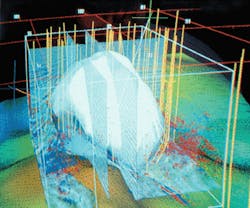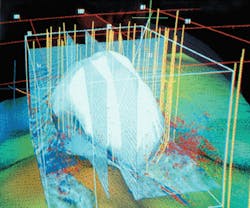Technology innovation driving global search for hydrocarbons
Since Scottish physicist James David Forbes developed the first seismograph in 1841, inventors have turned increasingly to the sciences for better ways to identify sources of oil and gas. They have been inspired, as Milton B. Dobrin writes in his book, Geophysical Prospecting, by “…the dual satisfaction of helping to meet society’s material needs as well as meeting the challenge…of unraveling the fragmentary clues left by nature to the location of the treasures still hidden in the earth.”
Technology has been leading the way in the oil and gas industry for at least a century.
Science took a giant step forward in 1911, for example, when French physicist Conrad Schlumberger invented electrical prospecting, followed in 1919 by electrical coring. These brilliantly conceived tools, along with other scientific methods such as the magnetometer and the torsion balance, swiftly replaced the primitive oil-finding technology of that day. Over the past century, science-based techniques have vastly enhanced the discovery and production of petroleum throughout the world. They continue to do so.
With the introduction during the 1960s of digital computers and their powers of speedy computation and virtually unlimited capacity for storing data, geophysicists gained tools that rendered obsolete earlier technologies. An explosion of new and improved oil-hunting techniques came into play, most notably in the area of seismic data acquisition, processing, and analysis. With them, oil and gas explorationists are now finding and delineating hydrocarbon deposits with ever-greater efficiency and success rates.
That trend must continue and even accelerate if industry is to find enough recoverable oil and natural gas in order to meet the world’s future demand for these critical energy supplies.

